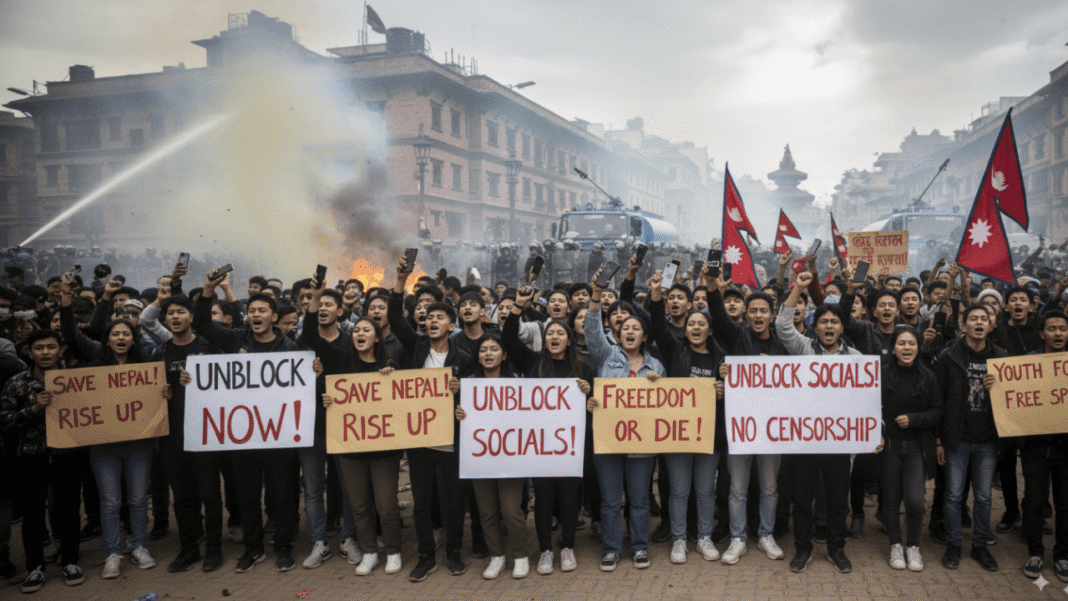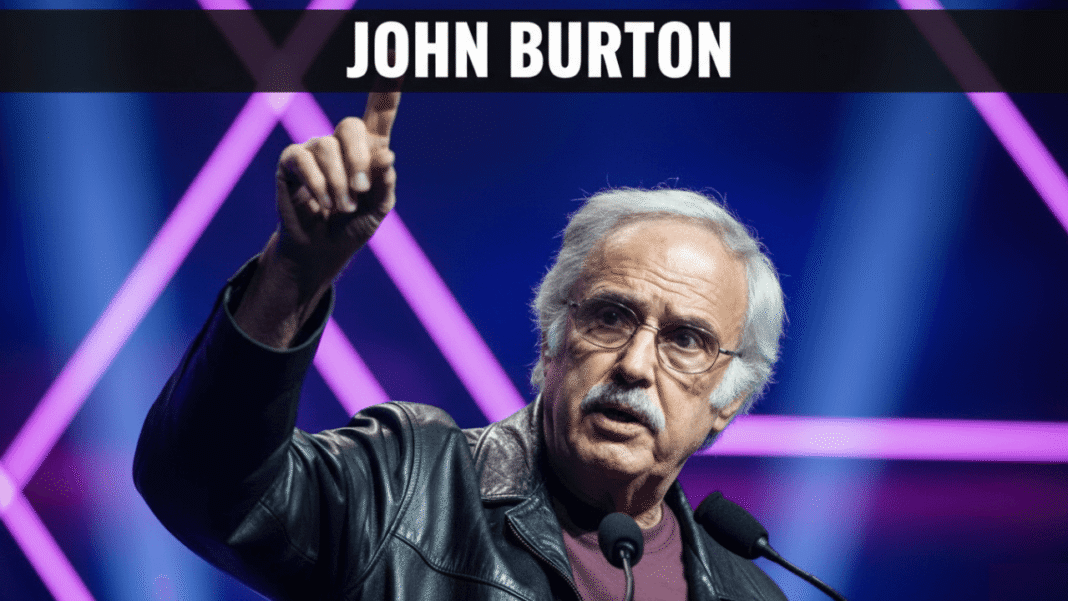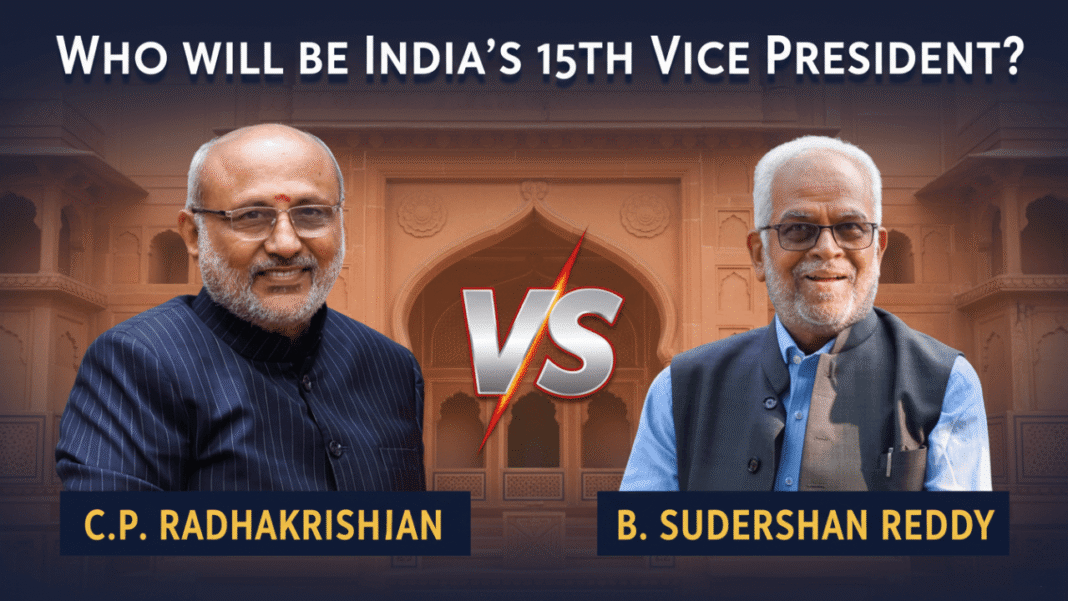Nepal is witnessing one of its most intense waves of youth-led demonstrations in decades. The Gen Z protests in Nepal erupted after the government imposed a sudden social media ban, but the unrest quickly evolved into a broader outcry against corruption, unemployment, and inequality.
Trigger: The Social Media Ban
On September 4, 2025, Nepal’s government blocked 26 social media platforms including Facebook, Instagram, WhatsApp, and X (formerly Twitter). Officials claimed the ban was necessary to curb fake news and hate speech, as companies had allegedly failed to register with the government.
However, critics argued the move was a thinly veiled attempt at censorship, designed to silence growing public criticism of the government. Within days, the restrictions sparked mass mobilizations, largely led by Generation Z (ages 13–28).
Widespread Frustrations
Although the social media blackout triggered the protests, underlying frustrations run much deeper:
- Corruption & Nepotism: Allegations of rampant corruption and political favoritism have long fueled public anger. The viral “Nepo Kids” trend — exposing the lavish lifestyles of politicians’ children — amplified discontent.
- Economic Struggles: High youth unemployment and limited opportunities continue to push thousands of Nepalis abroad for work daily, draining the country of talent and hope.
- Disconnect with Leaders: Many protesters feel Nepal’s political elite are out of touch with ordinary citizens’ struggles.
Deadly Clashes and Government Response
Massive protests broke out on September 8, 2025, in Kathmandu and other cities. Security forces deployed tear gas, water cannons, rubber bullets, and live ammunition against demonstrators.
- Casualties: At least 19 people were killed and over 340 were injured, marking some of the worst unrest in Nepal in decades.
- Resignation: Home Minister Ramesh Lekhak stepped down following the deadly crackdown, though Prime Minister K.P. Sharma Oli has resisted calls to resign.
- Ban Lifted: Under pressure, the government lifted the social media ban on the night of September 8.
- Investigation Pledged: Authorities have promised a transparent probe and compensation for victims’ families.
International Reactions
The international community has expressed alarm at the violence.
- The United Nations called the use of lethal force against protesters a grave violation of international law.
- Amnesty International condemned the crackdown, warning that unnecessary use of live ammunition against unarmed demonstrators is unacceptable.
- Several countries urged Nepal to uphold democratic freedoms and ensure accountability.
Current Situation
As of September 9, 2025, protests continue despite the lifting of the ban. Many demonstrators argue that restoring social media access is not enough. They are demanding:
- Justice for those killed in the crackdown.
- Accountability from leaders accused of corruption and misgovernance.
- Better economic opportunities to prevent the mass migration of Nepali youth.
Why These Protests Matter
The Gen Z protests in Nepal highlight the growing political power of young citizens in shaping national discourse. For many, this movement is not just about social media access but about reclaiming democracy, demanding transparency, and fighting for a fairer future.
If left unresolved, these frustrations could escalate into a deeper crisis — or spark much-needed reforms that reshape Nepal’s political landscape.



